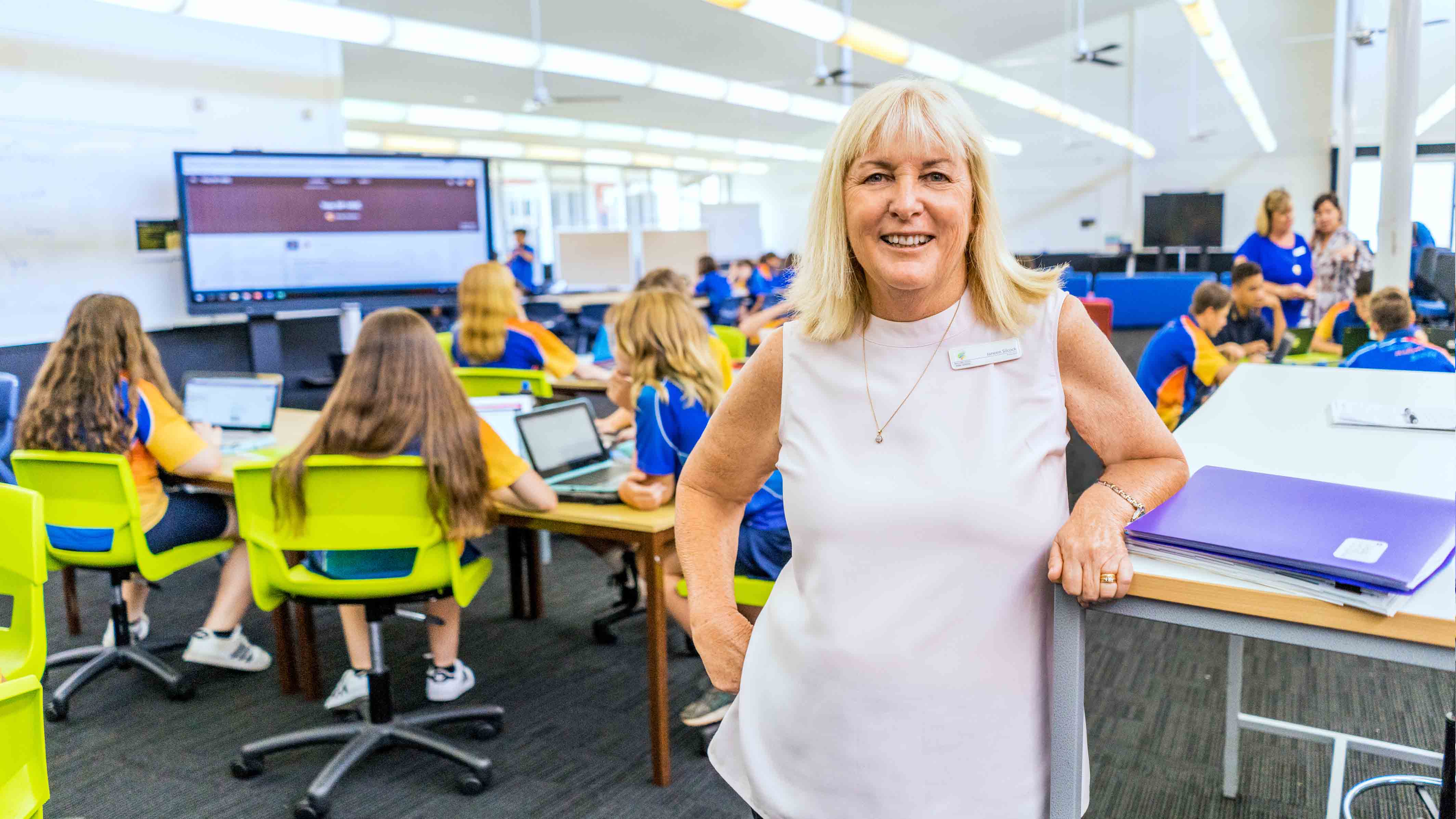Singapore has been celebrated globally for its consistently high-performing school system. Although the nation has a comparatively short history in industrialised learning, its outcomes in international assessments such as PISA and TIMSS are world-leading; this makes its success even more worthy of close consideration. In NSW - where my school is based - the Singaporean model is seen as aspirational.
Alongside 11 other leading educators from throughout Australia, I was fortunate to embark on a week-long study tour of Singapore in July. The tour was part of a 12-month Fellowship awarded to me through the annual Commonwealth Bank Teaching Awards, an initiative run in partnership with education charity Schools Plus.
During the tour we visited a number of leading education institutes and schools, including the National Institute of Education, Ngee Ann Secondary School, the Academy of Singapore Teachers, Nan Chiau Primary School, the Academy of Principals Singapore, and Crest Secondary School.
My thoughts preceding the trip were of curiosity and congratulations relating to Singapore’s impressive educational outcomes, mixed with just a touch of cynicism; I wasn’t sure there’d be many lessons to bring home from a system which is culturally so different to ours.
During the tour, I came to understand that Singapore is a country of collective patriotism, grounded in an absolute belief that the country’s future is intrinsically woven in to the hearts, souls, spirits and body of their young people. In a nation without natural resources, agriculture or other primary industries, children are recognised and celebrated as the country’s most valuable resource. In response, the whole nation joins together to plan, protect, nurture and celebrate this resource. Singapore’s recognition of the importance of education is reflected through the commitment made by the government, community, families and individuals. This means they have a future-focused education system which is secure, sustainable and committed to continuous growth.
Nothing works in isolation in Singaporean education. There is an explicit synergy between the pedagogy, the teachers, the Ministry, the professional learning and the growth of leadership. This has established a shared ownership and responsibility for education across Singapore. I was truly impressed by this synergy, and would love to see this approach embraced here in Australia.
Schools and teachers are identified as knowing what’s best for students and have a great deal of autonomy to lead learning. The alignment is reflected not only in the monetary support granted by the Ministry of Education, but also through a robust and relentless focus on professional learning. This learning is delivered through the National Institute for Education and Academy of Teachers to create a continuous movement of forward-driven development.
In Singapore, what’s best for students is accepted as being best for teachers’ professional learning. It’s widely recognised that learning needs to be innovative, interactive and integrated. Professional learning is underpinned by a richness of time, collaboration, and a tripartite approach of resource allocation, all focused on student growth in learning and a systems’ improvement agenda.
One of the main takeaways I took home from Singapore was seeing the benefits of aligning internal systems and reporting, to simplify how schools can work. I’ll be looking to adopt this approach at Ballina Coast High, and will explore using just three key documents – a School Plan, a Teaching and Learning Blueprint and a Professional Leadership and Learning Map.
I’m looking forward to further reflecting on and sharing insights from our ‘Singapore Sojourn’ with the other Teaching Fellows, and adapting what we learnt for use in Australian classrooms. Just like our Singaporean counterparts, we too are passionate about nurturing students who are willing to think in new ways, solve new problems and create new opportunities for the future.
As Teaching Fellows, we’re also keen to communicate and work with people of influence across Australia, so that we can collectively improve education for all students. We have big ideas, grounded in a love of teaching, and we need to continually ask good questions, explore and incubate possibilities. Australia may not yet have the level of financial or cultural commitment Singapore has attached to education, but as Teaching Fellows we have the opportunity and the passion to lead improvements in student learning.
Singapore has fed our hearts, passions, minds and our stomachs (thank you street hawkers!), helping us improve on the great work we are all doing in schools right across Australia.
Janeen Silcock is Principal of Ballina Coast High School, NSW
About Commonwealth Bank Teaching Awards
The Commonwealth Bank Teaching Awards are run in partnership with Schools Plus, a not-for-profit organisation, which was established in 2013 to increase philanthropy for schools that most need support. Launched in 2016, the awards are run annually to recognise and reward 12 teachers across Australia with a $45,000 Teaching Fellowship including a Study Exchange Tour to Singapore. The majority of the recipients are teachers or school leaders working in schools in disadvantaged communities.



